Benefits of using YouTube for B2B
YouTube has become a key marketing tool for brands and companies. In this guide, I’ll explore the many reasons to consider using YouTube in your marketing strategy – from increasing signups and sales to building brand awareness and trust!
I want you all here today because I know how important video content creation is these days. And let me tell ya: if there was ever an era where businesses needed quality videos more than ever before then right now would be it!
- YouTube has a crazy big audience – roughly a third of all Internet users! That’s a big pool of people who could have problems that your product helps solve.
- YouTube is a great way to build trusted relationships with potential customers. Video is a much more immersive and personal medium, and YouTube provides an opportunity to connect for brands like yours – who want their messages delivered in creative ways-to engage on an emotional level! If you’re looking to generate leads for solar sales, or get more user signups for your SaaS, the trust built using video makes for higher quality leads.
- Improve your SEO. Not only is YouTube the 2nd largest search engine, but videos from there frequently get included in Google search results too. Video is 50 times more likely to be found through Google when compared with plain text or images on websites that appear for SERP listings at the top of the list by default. So if you want increased traffic from potential customers then your video should definitely get posted to YouTube where it can increase its chances even more online via SEO. (If you’re specifically interested in SEO for solar companies, check out our article)
Principles
Think long term, take advatange of evergreen opportunites
There’s a myth that the only way to be successful on a platform like YouTube is to create a viral hit, that huge numbers of people share because it’s funny, shocking, or weird. That’s not true.
Many people think that success on YouTube is all about jumping on exciting new trends, producing highly current content, and vlogging about what’s going on today. Whilst that strategy has worked for countless vloggers, an alternative is available: building an organic traffic asset over time.
The most straightforward way to create videos which people want to see is to find out what they’re currently looking for. There’s two main approaches to figuring out what people are looking for.
- Asking your customers, and reading customer support messages. This is fairly straightforward. Try to identify common themes and then create content that helps solve those problems.
- Using search engine optimisation tools to find out what people are searching for, including finding search phrases that your competitors haven’t responded to. I’ll go into more detail on that in this part.
YouTube is not only the 2nd largest search engine, but it also surfaces relevant content in various different places. Personally, YouTube often reccomends me content that is several years old, if it’s really good.
So your focus should be on creating videos that people will continue to find and get value from in years to come. Think about persistent problems that people in your niche experience.
YouTube videos work as a traffic source in three main ways
- YouTube search: the world’s 2nd largest search engine
- YouTube ‘browse features’: if YouTube likes your video, they’ll surface it in lots of different places
- Google search: videos can appear on their own in search results, or they can boost an existing written article if embedded in it.
Examples of B2B YouTube Channels
I’ve written a seperate article breaking down examples into different aspects of good YouTube video strategy: topic coverage, visual identity, etc. Read more here.
Framework for Unlimited Content Ideas
- What is the main problem that your product solves?
- What bigger problem is this a part of?
- 10 Smart Market Questions
- What trends are occurring in the market that your product serves?
- What do people believe to be true that is not true?
- What are some confusing, misunderstood, or otherwise important to understand concepts that are foundational to the problem that your product solves?
- e.g What is X tax? What kind of crypto transactions count as X in Y countries?
- Capital gains / ‘savings’
- Wealth tax
- Income
- Others
- e.g. What is X concept? How can you use it to better achieve Y aim?
- Tax loss harvesting
- Expense tracking for crypto
- e.g What is X tax? What kind of crypto transactions count as X in Y countries?
- What are common mistakes that people make when trying to solve the problem your product helps with?
- Top 10 Most Expensive Crypto Tax Mistakes
- What are some closely related tips, strategies, or tactics which help with the ultimate goal or a smaller related one for your users?
- e.g. How to track your crypto trading profits / losses
Building Your Content Layer Cake
Example “Content Layer Cake” for AppSumo’s YouTube videos
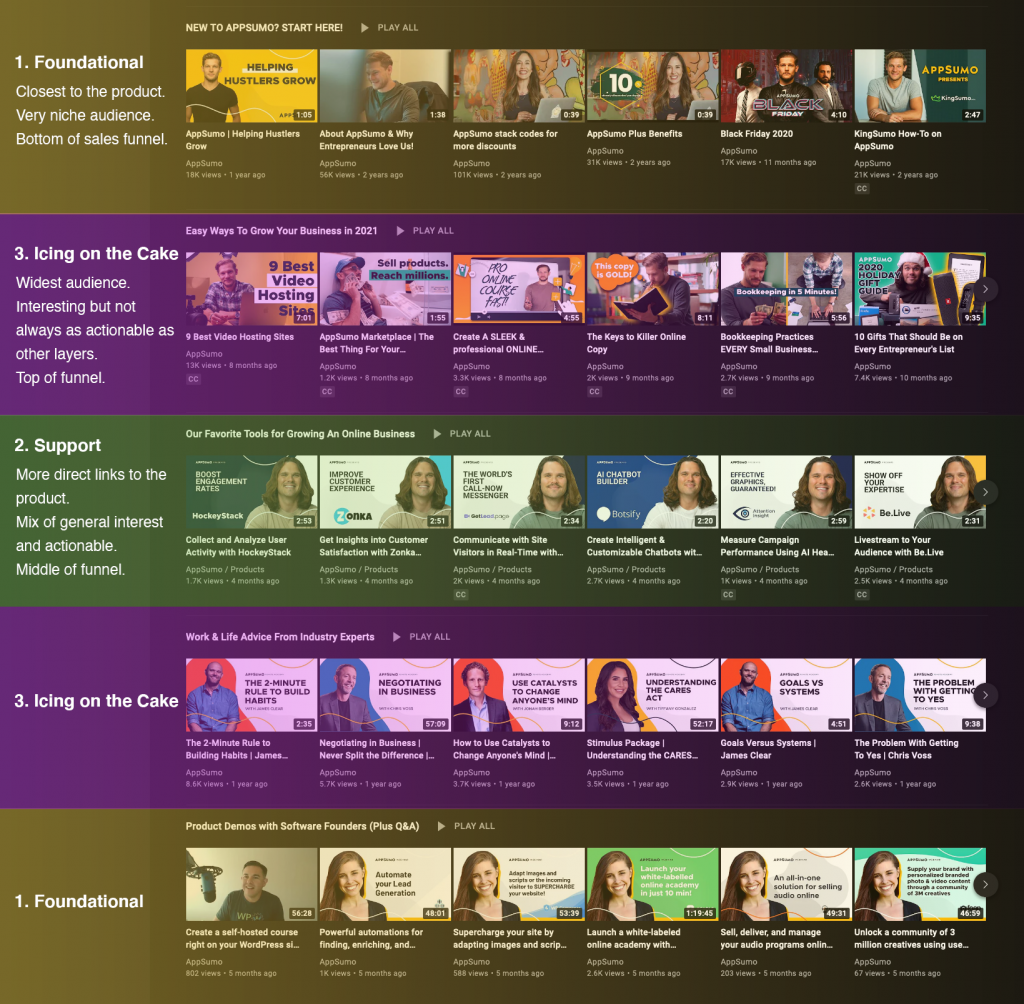
The top layer has the widest appeal, and hooks in people in the overall market of people looking to start or grow an online business. The content is interesting to them, but isn’t going to directly sell the AppSumo product.
The middle “support content” layer is closer to the product, is more actionable, but still has broad appeal. In the video series of this layer, AppSumo mention specific products that they offer a lot more than in the top layer, but it reaches further to pull in people who don’t necessarily know about AppSumo yet.
The bottom layer of “foundation content” is the most directly connected with the product. The videos here dive deep into specific product features, and they are likely to be found in searches by people who already know of or have a relationship with AppSumo. The videos here are at the bottom of the sales funnel, and are the most likely to immediately result in a sale, or be watched by people who’ve already bought (improving their relationship with AppSumo and becoming more likely to leave a positive review etc.)
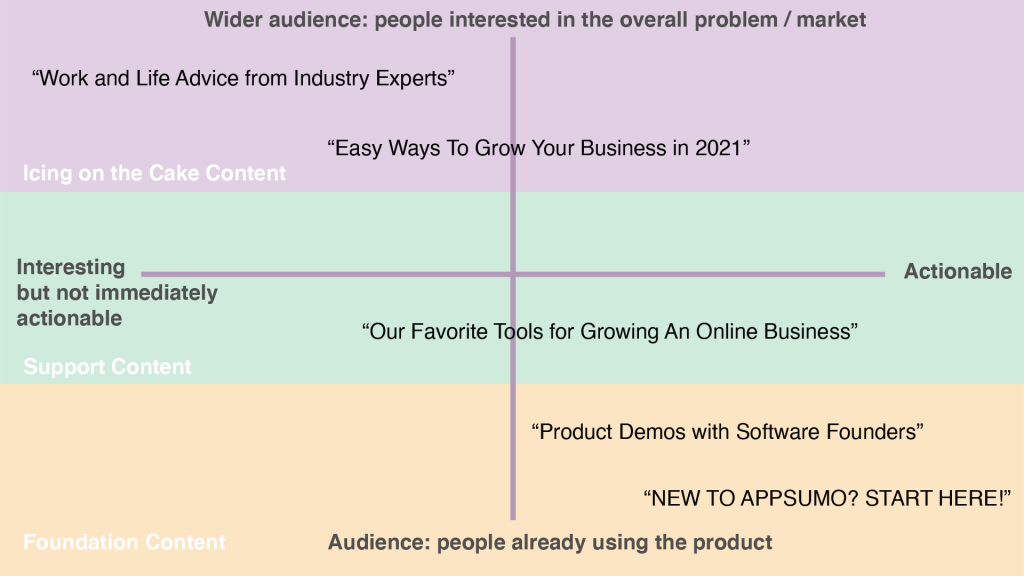
Process
- Map out the market
- Keyword research
- Define content hubs / video series
- Create content
YouTube Channel Design & Branding
Having a consistent look for your YouTube channel helps people build a relationship with your company. But a “brand” doesn’t need to feel overly corporate and distant. It simply means that whenever people see your channel or any of your videos, they’ll instantly be able to tell they’re made by you and your team.
There’s a few different aspects to the whole look and feel of your channel and videos, and in this section I’m going to break that down into easily actionable chunks. So here we go:
- Presenter
- Studio set up (don’t let the word ‘studio’ intimidate – it’s simply the setting of where your videos are filmed)
- On screen motion graphics
- Channel homepage: layout, organisation, and channel art
- Editing style
- Use (or not) of stock footage
Presenter
This could be you as the founder or marketing person, or you could work with someone to represent your company on YouTube. How they come across is one of the largest aspects of how your videos and your business will be percieved, so choose wisely.
Studio set up
YouTube audiences tend to prefer more of a friendly, personal feel, and obviously there’s a cliché of YouTubers being in their bedrooms all the time. That’s not something you neccesarily want for your company, so somewhere in the middle between “corporate office” and “PJs and fairy lights” is typcially a good place to be.
Here’s some examples of B2B SaaS companies presenter & studio background set ups:
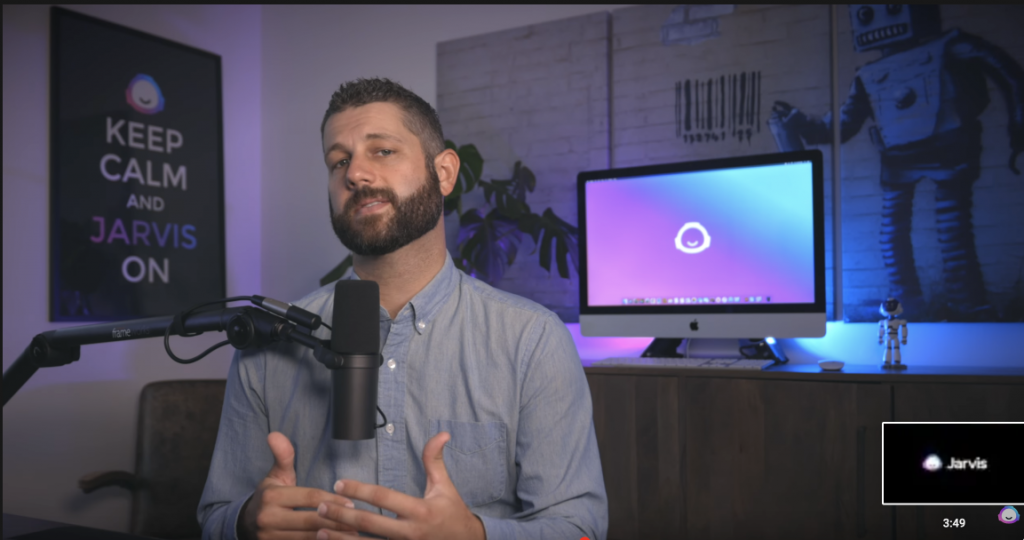
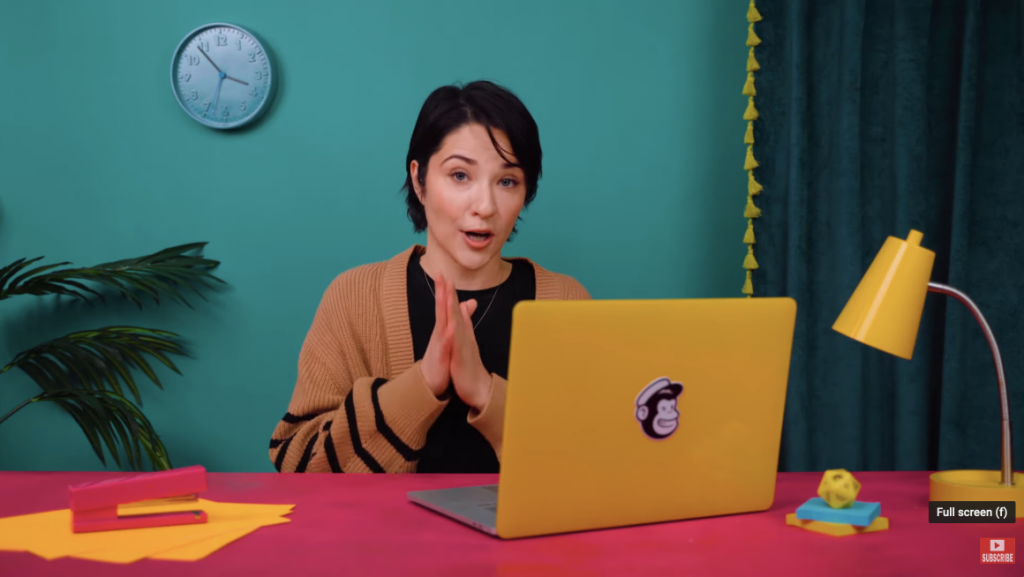
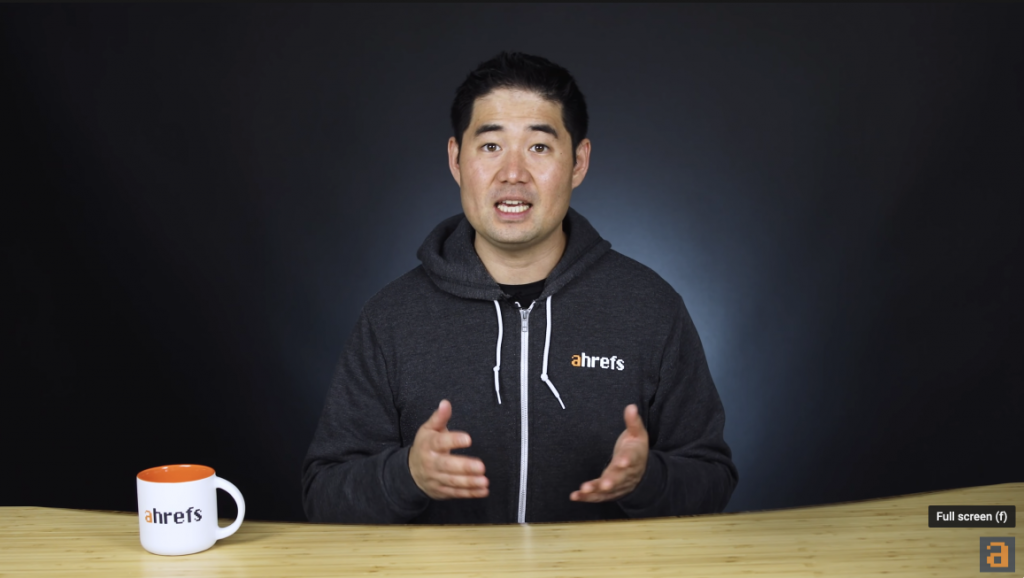
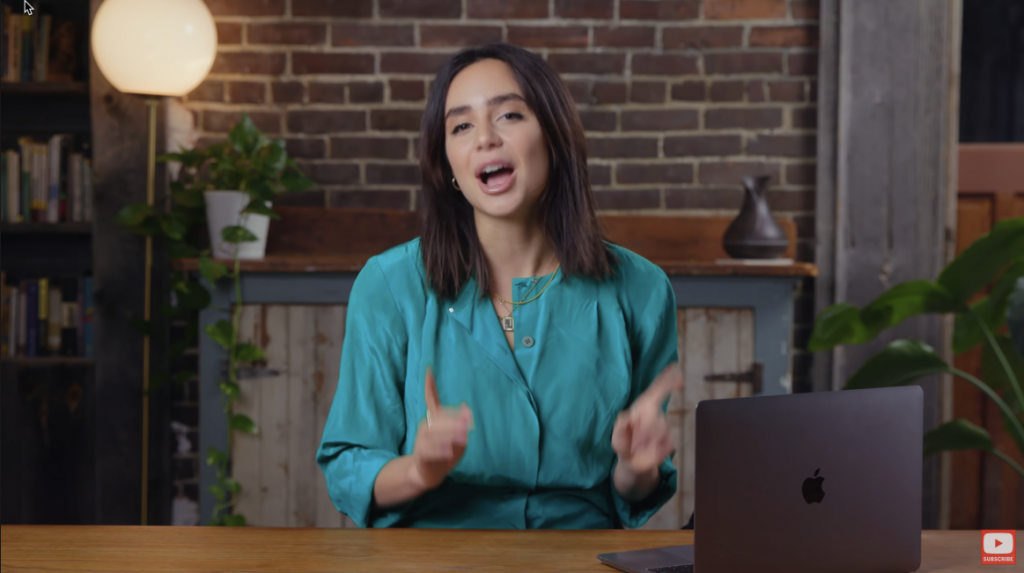
Something random I noticed when researching this is that it looks like Jarvis.ai (a content writing tool) and CryptoTrader.tax (a cryptocurrency tax software) both share the same office:

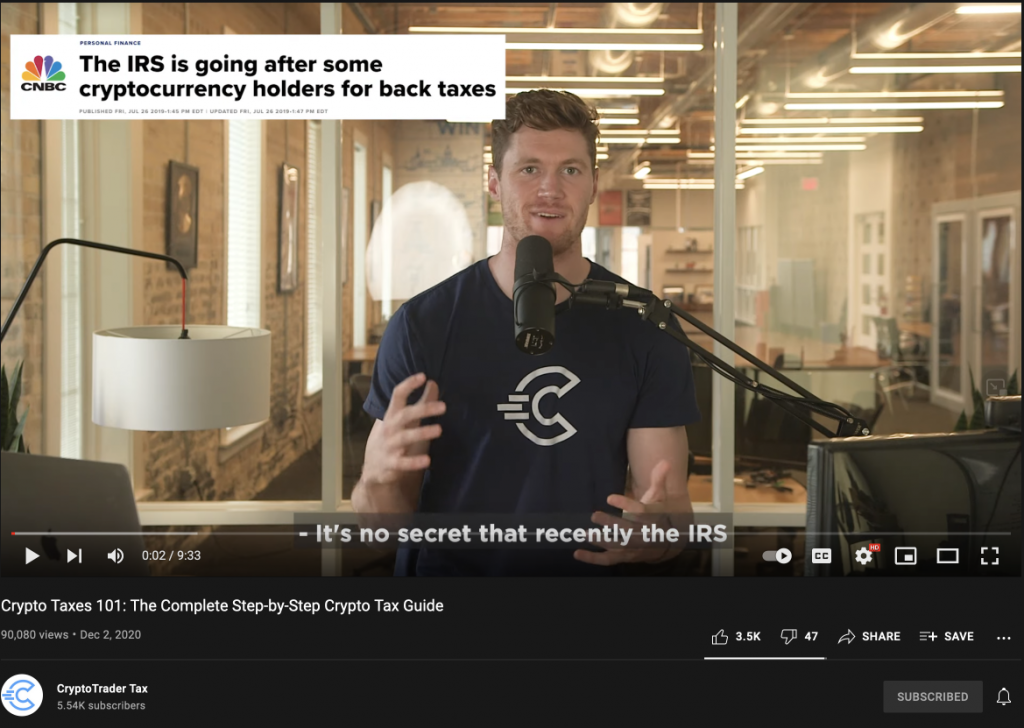
YouTube Ads for B2B
YouTube ads can be an incredible source of leads and new users for B2B products. That said, it’s a whole ‘nother kettle of fish compared to organic YouTube content, so I’m covering YouTube ads in a seperate article.
Here’s some tips for B2B YouTube ads:
- Growing an organic YouTube channel means that you’re building a ‘warm’ audience which you can later re-target with YouTube ads when you’re ready. These ads are going to be a great way to get your feet wet, because this audience already knows, likes, and trusts your comapny to some extent.
- You can target users of your competitors products quite effectively using YouTube ads, so start thinking about the kinds of conversations you might like to have with these users in your ads.
- Other types of targeting are a bit harder compared with B2C ads, because the audiences are a lot smaller – but you still have some good options, especially “custom intent” audiences, which are people who have recently searched for specific keywords on Google search (remember that YouTube is part of Google).

